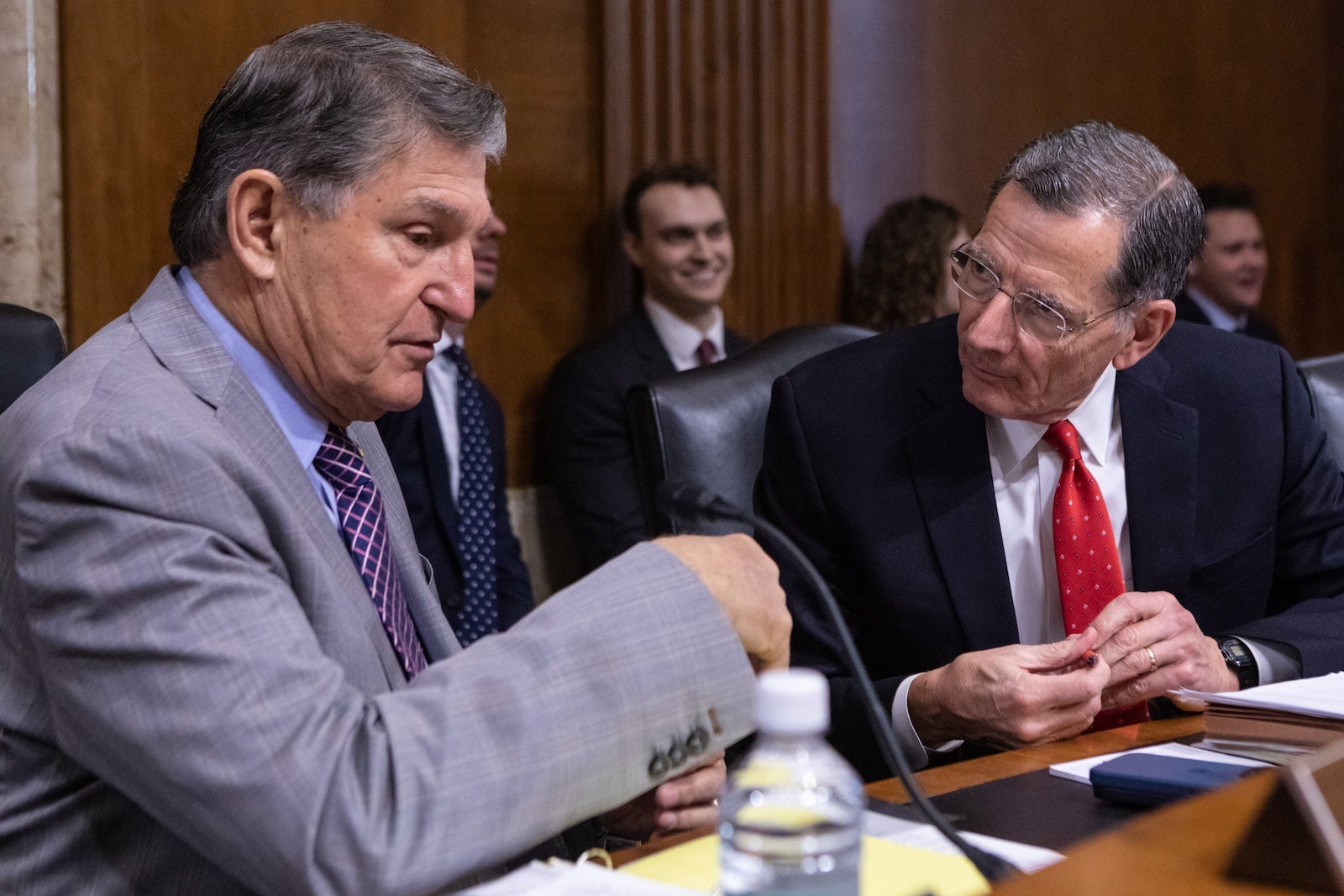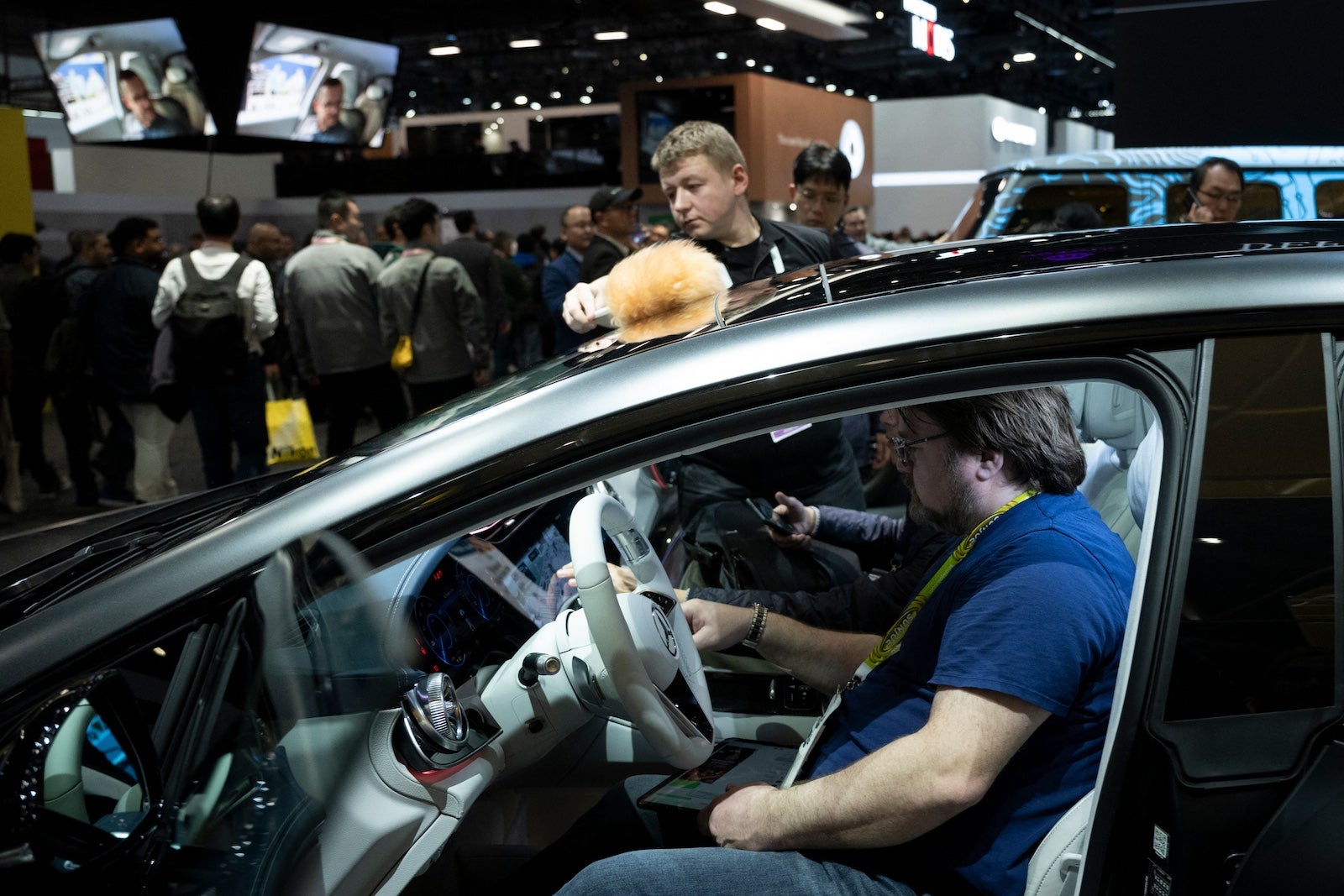The White House says it is making progress on the charging network the country needs to enable long road trips in electric cars.
On Thursday, President Joe Biden announced $623 million to fund 47 electric vehicle charging and alternative-fueling infrastructure projects in 22 states and Puerto Rico, the latest round of money stemming from the Biden administration’s investment in building an EV charging network across the U.S.
One of the biggest hurdles to the American transition to EVs has been range anxiety among consumers due to the lack of available and working chargers, illustrated by the approximately 170,000 public chargers currently available to charge the estimated 4 million EVs on American roads per government data. In September, the U.S. Department of Transportation authorized $100 million to repair and replace existing but non-operational charging infrastructure.
The recently announced funding is just one part of the way the government is trying to solve the range anxiety issues preventing more Americans from adopting EVs.
The funding includes money for some 7,500 new EV charging ports in states such as New Jersey, California, Texas and Arizona.
The administration wants at least 500,000 public chargers across the U.S. by 2030.
“I actually think we’re going to hit 500,000 chargers a couple of years before 2030,” Shailen Bhat, administrator of the Federal Highway Administration, said in a Zoom interview late Thursday. “It’s a function of how quickly the states are able to get agreements with private sector companies to go build them, but I’m quite confident we’re going to hit the 2023 goal before 2030.”
Bhatt, who was sworn in as the 21st FHWA administrator one year ago, likened the challenge of Americans with range anxiety embracing EVs to the country building out its interstate system in the 1950s and ’60s. The difference now, he says, is the advanced technology to help locate and use charging stations.
“We had to come up with rules around rest areas every 50 miles, and organizations like AAA sprung up so that people could get information,” he recalled. “Through technology, people are going to be able to check out apps or Google Maps or whatever it might be to get access to that information.”
In addition to funding for more charging stations, funding to address the reliability of existing chargers will be announced soon, according to Bhatt. The most common reasons for failed EV charging stations are problems with station connectivity, internal station fault errors and credit card reader problems, according to Kara Eastman of the National Consumers League, a consumer advocacy organization based in Washington.
One condition of the new 500,000 charging stations being installed is that they have to be app-enabled so users can identify whether they’re functional and if someone can offer assistance at the station if need be.

“It’s why not only do they have to be app-enabled, but they have to be accessible off the roadway, every 50 miles, there must be a charging station not more than 1 mile off the transportation corridor,” Jennifer Granholm, United States secretary of energy, said at an EV briefing in Chicago in October, where rental car executives and other stakeholders joined her.
The aforementioned $623 million allotted last week to the 22 states and Puerto Rico will provide roughly 7,500 charging stations in a variety of locations within these states, from highways to places of worship to banks and other community businesses, said Bhatt.
With an estimated 4 million EVs on American roads right now, the government expects that number to increase to about 30 million by 2030. In 2023, more than 1.4 million EVs were sold in the U.S., according to Argonne data.
While the government constructs charging stations, rental car companies, which can be a good option for first-time EV users, have been adding EVs to their fleets over the past few years.
Hertz was among the first rental car companies to quickly transition to an EV fleet in 2021, with “tens of thousands of EVs” at 2,000-plus locations in 44 U.S. states, in addition to centers in the United Kingdom, Europe, Australia and New Zealand, per company data.
This was before Hertz announced Thursday that it was selling 20,000 EVs, approximately one-third of its electric fleet, to purchase gasoline-powered vehicles, blaming higher repair costs and depreciation values.
Prior to that news, Steve Shur, Hertz’s vice president of government affairs, EV strategy, shared his “manifestation” for the evolved Hertz EV consumer experience.
“Consumers would have access to the charging networks in our app and also in the cars [themselves],” Shur said. “If you’re a Hertz customer renting an EV within the app, if you chose to partner with one of our charging infrastructure operating partners, not only would you have access to those locations, but there may be some perks associated with that — discounted rates, coupons at convenience stores, etc.”
When asked about Hertz’s EV fleet, which was largely made up of Teslas, Bhatt dismissed quarterly concerns and pointed to EV sales overall.
“We’re not as worried about a single quarter as we are about a general trend when it comes to EVs,” he said. “If you look at EV sales, they’ve been really robust, and that’s the network we’re going to be building.”
In contrast to Hertz, Avis took a more cautious approach to EVs and is still in its “infancy EV stage,” according to Robert Muhs, vice president of government affairs and counsel at Avis Budget Group, who also cited concerns around the lack of charging infrastructure at U.S. airports.

“From our perspective, unless the airports are committed and buy in and are absolutely compelled to participate along with every other stakeholder so they can actually do their job and manage the load, the capacity issues are still gonna be there,” Muhs said. “We’ve strategically slow-walked the EV experience.”
Speaking of the role airports play in the EV transition, Mike Filomena, vice president of global government and public affairs at Enterprise Holdings, said, “Airports are coming to rental car companies and asking how much power they can support.”
As the government and rental car companies focus on the future of the domestic EV market, the EV experience for the average American is determined by where you live and where you are driving to and from.
“Say someone wants to drive from New York City to L.A; there are parts of the country that you are going to have to be more strategic and thoughtful about how you get there,” Bhatt acknowledged. “There are absolutely pockets of the country, particularly in the middle, where those networks aren’t fully built out yet.”
As of September, more than 6,000 EV chargers (roughly 4%) were temporarily unavailable, per reporting using the Department of Energy’s database.
Related reading:
- 2-day electric rentals from $50? Use this coupon to get a free day with Hertz electric rentals
- The ultimate guide to road-tripping with an electric car
- You’ll soon be able to book Uber Green electric car rides without a surcharge
- If you’re tired of high gas prices, here’s how to rent an electric (or hybrid) car




